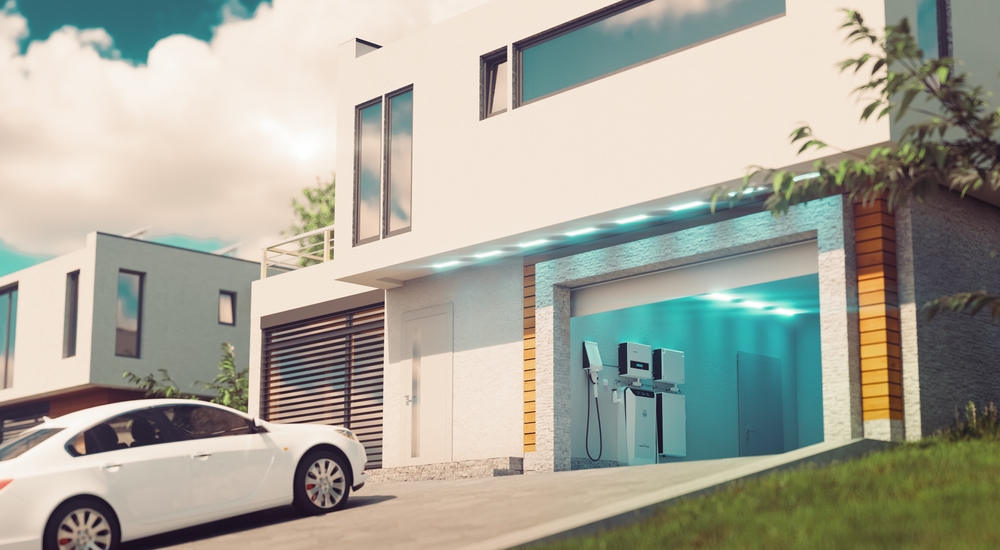Schneider Electric, a sustainability-focused energy technology and cloud solutions provider, released results of a global survey, finding that nearly 86% consumers believe climate change will lead to rising energy bills should global temperatures rise above 1.5 °C.
The study also found that 72% of respondents consider reducing their carbon footprint as a personal priority. More than half of the respondents, or 55%, said they “place importance” on their homes becoming net-zero, but only 31% said they think this is a likely occurrence. Despite that pessimism, 55% of respondents believe it is the responsibility of individuals to tackle climate change.
With energy prices on the rise and the cost of living higher than ever, coupled with the growing number of devices and Electric Vehicles (EVs) on the road, home energy management is now one of the biggest areas of consideration for consumers, home builders, businesses and governments globally. While these numbers show many wanting to make changes but feeling pessimistic about the difference they can make – the future is truly in our hands as we make dwellings more sustainable with the help of modern home energy management (HEM) technologies. The biggest barrier to change right now is our mindset. We have created psychological roadblocks that result in us shirking the responsibility to take action. These findings show that as we adopt smart digital solutions to fight the invisible foe (energy management and consumption), replace fossil fuels with smart, clean electricity in our homes’ energy diets, we can see how we’re making a meaningful contribution to our global fight for the healthier planet. Moreover, we should be able to do good for the environment without compromising on our comfort. Jaap Ham, associate professor in the industrial engineering & innovation sciences at Eindhoven University of Technology
The study also revealed that consumers want to lead sustainable lifestyles, placing energy efficiency as a main priority. About 40% of respondents said smart home technology will help make their home more sustainable. Over half, or 54%, said they expect new homes or apartments to be equipped with such technology, a 13% boost over last year’s survey.
Smart thermostats and smart lighting devices ranked in the top three most purchased smart devices, said Schneider Electric. With rising costs of living, managing energy consumption and costs are the fundamental drivers pushing consumers to invest in smart energy management technologies.
Consumers in the current energy crisis need to feel they are in control over how energy is produced, stored and distributed in the home – in terms of sustainability and energy bills. The residential market is at a tipping point, and the good news is the technological solutions already exist, like Wiser, that help consumers lead more sustainable lifestyles and empower them to play a meaningful role in achieving our net zero goals. Our research shows there is a greater understanding amongst consumers about how they can improve their home energy management and that smart home technology can help them be more efficient. The next step is to implement this knowledge before it’s too late.” YiFu Qi, executive vice-president of global home and distribution at Schneider Electric
This content is protected by copyright and may not be reused. If you want to cooperate with us and would like to reuse some of our content, please contact: editors@pv-magazine.com.









Schneider Electric is the parent company to APC, the uninterruptable power supply company whose UPS unites protect millions of computers with battery backup. I use APC UPS units in my home to power me through “peak pricing” from PG&E using time clocks at the wall outlets set to turn off at 4:00 PM and turn back on at 9:00 PM leaving only the battery running my lights and not buying the utilities 40 cents to 60 cents per kilo watt hour power depending what plan they force you on and what price tier they stick to your usage. Schneider Electric APC division has 12-volt, 24-volt or 48-Volts lead acid battery backup units can be powered by larger batteries and those batteries can be charged from solar panels. It is only natural they expand to do more than just backup power since their back up power systems are used industry wide, in offices, large manufacturing and homes all over the world.
Great share! This post is very useful.